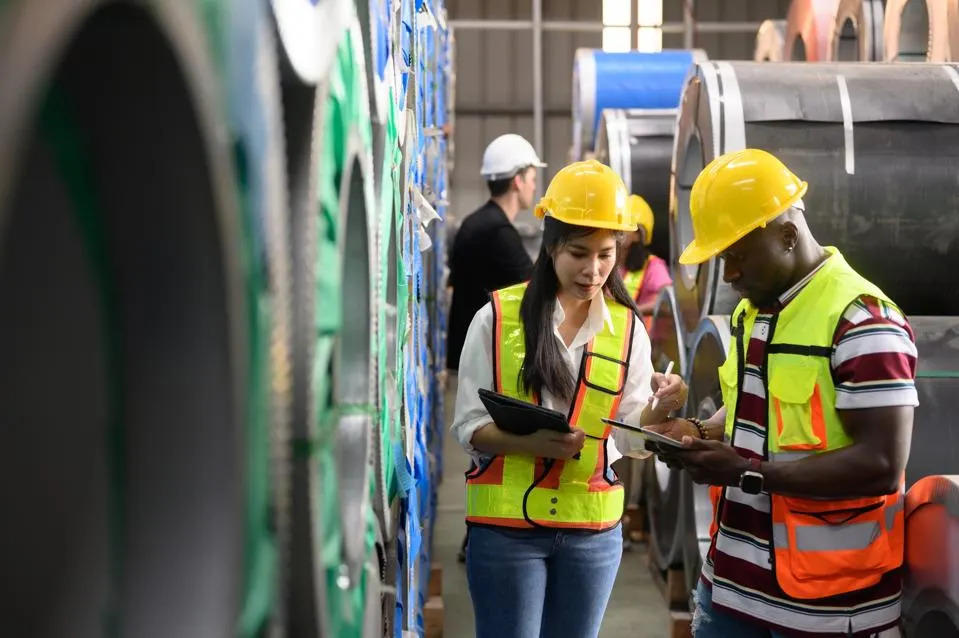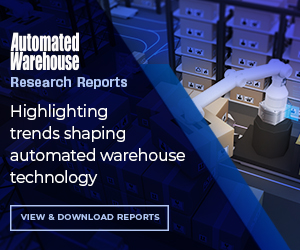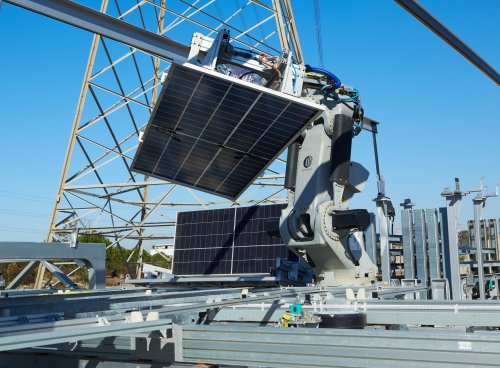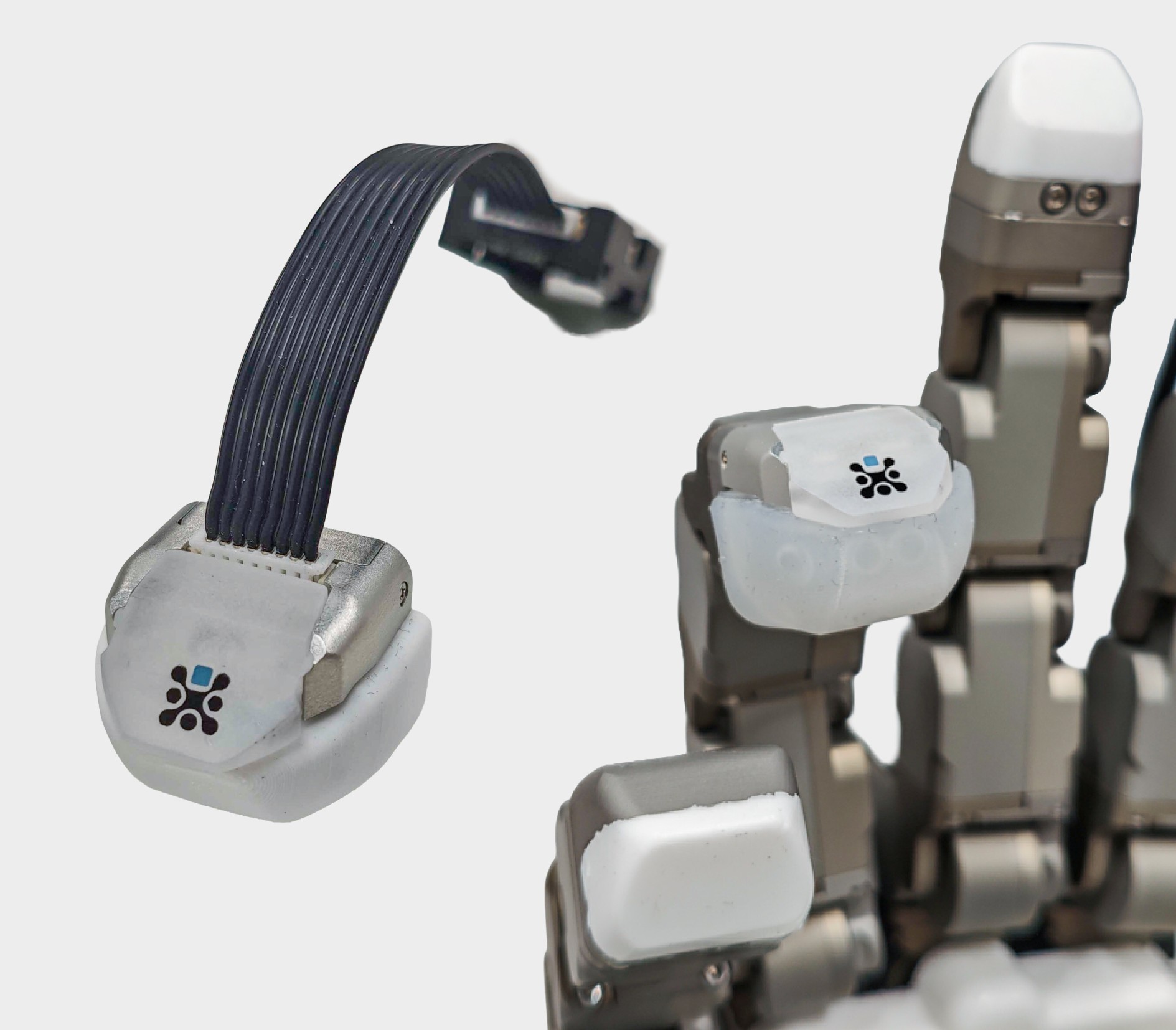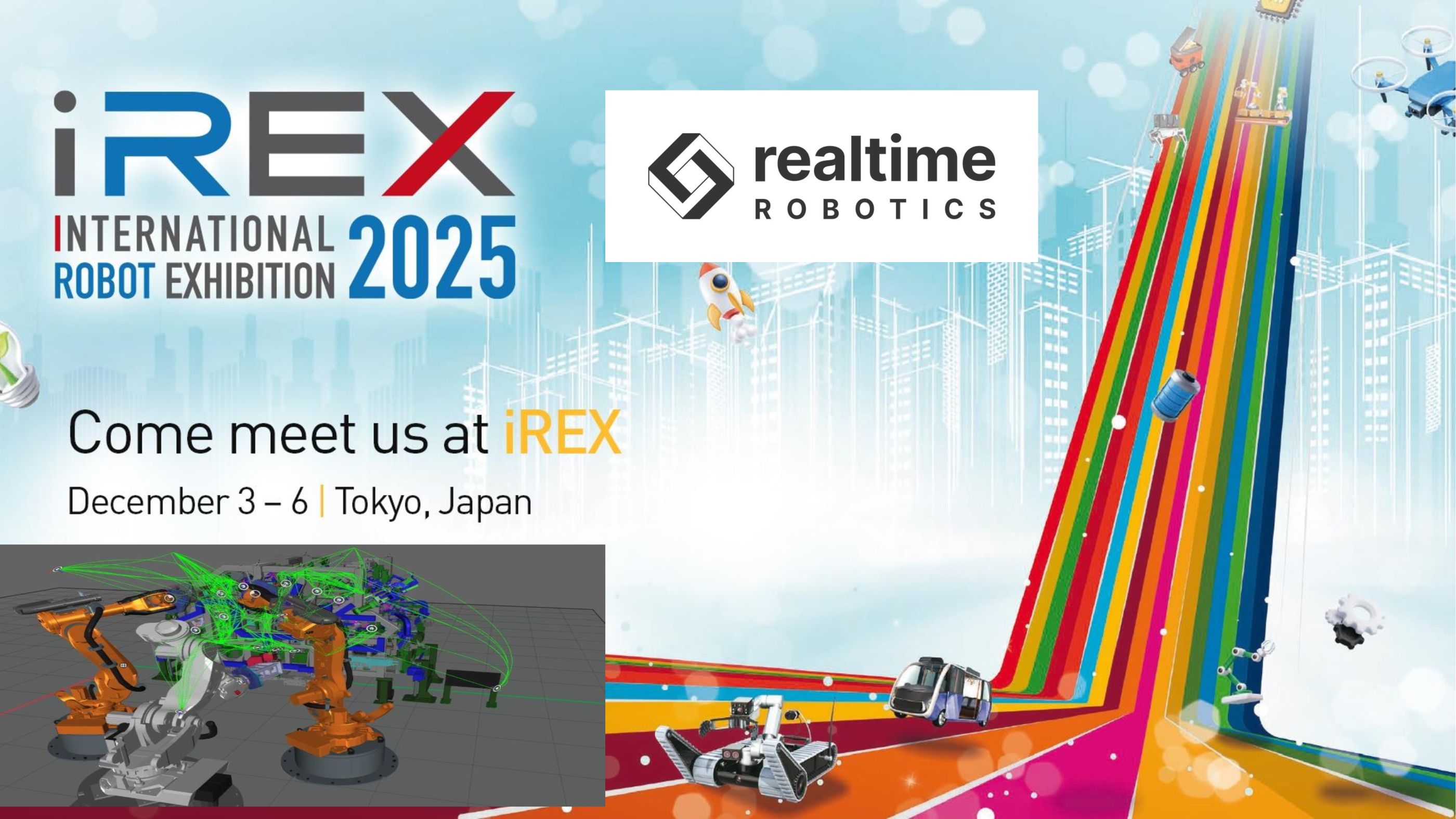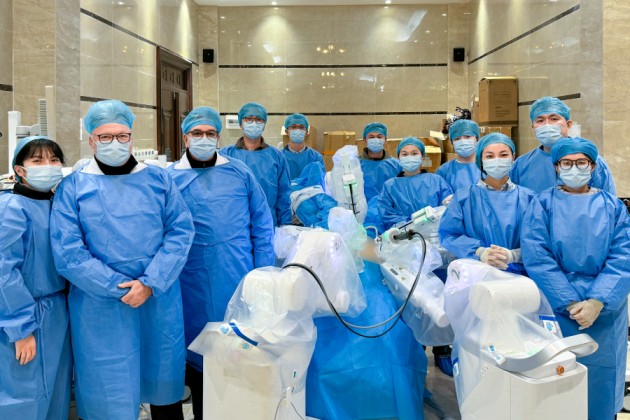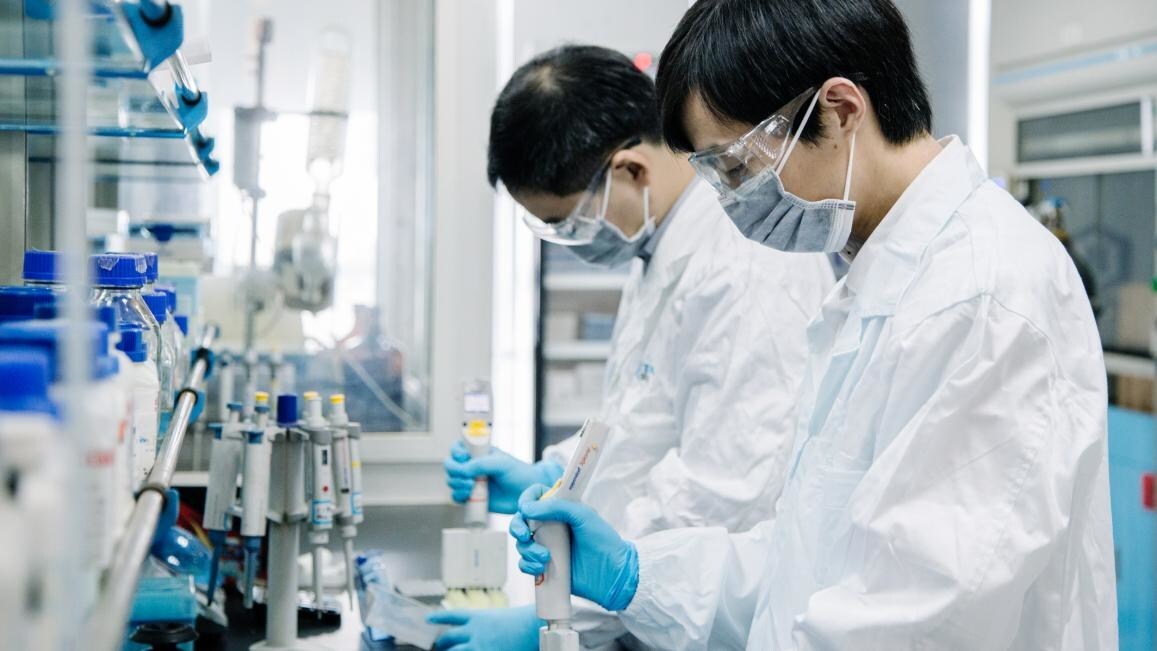Supply Chain Labor Shortages Persist Amid Growing Demand for AI and Automation
AI and generative AI offer solutions, but holistic strategies and workforce development remain key to addressing ongoing staffing challenges
supply chains: people plus AI
The staffing issues affecting supply chains are a matter that refuses to go away. With the widely predicted 2023 recession a non-starter, labor shortages across design, production, and distribution have grown more acute. AI and automation will help fill some of the gaps, but more holistic approaches are needed.
Overall, in the U.S. alone, 2.2 million workers are missing from the labor force compared to February 2020, right before the Covid crisis hit, states a recent analysis from the U.S. Chamber of Commerce.
“Even if every unemployed worker were to fill an open job within their respective industry, there would still be millions of unfilled job positions,” the chamber’s researchers add. Within the most supply-chain sensitive industry —durable goods manufacturing — 45% of job openings are currently unfilled. “While durable goods manufacturing has seen a more substantial recovery compared to nondurable goods manufacturing, as of August 2023, a gap persists, with 616,000 total manufacturing job openings yet to be filled.” Again, this is just the U.S. alone.
Supply chain labor shortages aren’t going away anytime soon — especially in transportation and warehouse operations, which “are challenging supply chains heavily, creating capacity constraints in transportation long haul and middle mile operations, as well as warehouse labor availability," says Stephanie Cannon, senior vice president of operations excellence and collaborative innovation at Pitney Bowes.
Such shortages “also come with cost impacts for companies due to wage pressures and service failures that can result in both lost revenue for parcel companies due to customer churn, as well as lost or delayed sales in retail ecommerce," Cannon adds.
Technology may help ease skills and staffing issues that are slowing down supply chains. But at the same time, integrating higher intelligence across supply chains — be it at the design, production, or delivery level — requires more skills and staffing to build and deploy AI and analytics solutions.
Enter AI — and now, generative AI — holds a great deal of promise. Gen AI “has the potential to revolutionize supply chain management, logistics and procurement,” a recent report out of KPMG states. “Software engines powered by gen AI can process much larger sets of data than previous forms of machine learning and can analyze an almost infinitely complex set of variables.”
An added bonus is that gen AI “can also learn —and teach itself — about the nuances of any given company’s supply chain ecosystem, allowing it to refine and sharpen its analysis over time,” the report’s author, Peter Liddell, states.
AI overall can “drive significant cost savings for companies by allowing adjustments from forecasts to actuals in real time,” Cannon agrees. “For example, AI is creating robots to adapt quickly to ever-changing job profiles, making it easier to operate with minimal changes. AI in transportation with autonomous vehicles and Level 2 assist technologies are creating optimized routes and fuel savings. All of these technologies are creating upskilling opportunities and better job satisfaction for employees.”
AI can’t solve the supply chain labor crisis alone, however. The challenge is developing the people and data that can help make a smarter supply chain possible.
The best approaches to address labor issues across supply chains include harnessing tech efficiencies. “Digitization and automation can make space for up to three additional hours a day per person,” says John Coykendall, vice chair for Deloitte and the leader of its U.S. Industrial Products & Construction practice. In addition to technology, it’s important to “focus on flexibility,” he adds. “Offering modified shift schedules, shift swapping, and adding other forms of flexibility where possible can prove pivotal in attracting and retaining talent.”
The people side of supply chain management and fulfillment cannot be overstated, no matter how much technology is introduced. “At the end of the day, people will always be your greatest asset,” says Matthew Cherewka, director of product marketing for Vecna Robotics. “Investing in supply chain digital transformation through tools like robotics and AI is about increasing productivity, retention, and well-being of your people.”
Achieving a highly intelligent and automated supply chain requires “making sure that you are set up for success,” says Cannon. “Adoption of these technologies is the largest hurdle companies face. When the technology is not properly implemented and integrated with everyone from the hourly workers through leaders, it can fail to provide the benefits that you expected.”
Generative AI itself requires “skills beyond just supply chain data migration,” says Liddell. This extends into areas “such as collecting external supply chain market data for vector database ingestion and chatbots trained in a specific operations domain.”
The process of introducing gen AI into supply chain management should start by “performing an initial data scan across manufacturing and distribution sites to evaluate feasibility of generative AI opportunities,” says Liddell.
The key is “making sure you have the right training, focus, and ability to provide feedback and make changes rapidly is critical to successfully moving to a more automated and AI-driven company,” Cannon asserts.
The tools and initiatives that help support workers in this new realm will include empowering workers with augmented reality and virtual reality (AR/VR), says Coykendall. “Technologies like VR/AR can provide efficient and remote training, augment worker efficiency, enhance product and process design, and aid in data, process and supply chain visualization,” he says.
Smart factory technologies also play a role, offering “significant gains in asset efficiency, product quality, cost reduction, and safety,” says Coykendall. “These benefits allow manufacturers to produce more with a constrained labor supply. Smart factories can also help revamp the perception of manufacturing and attract a new generation of workers."


